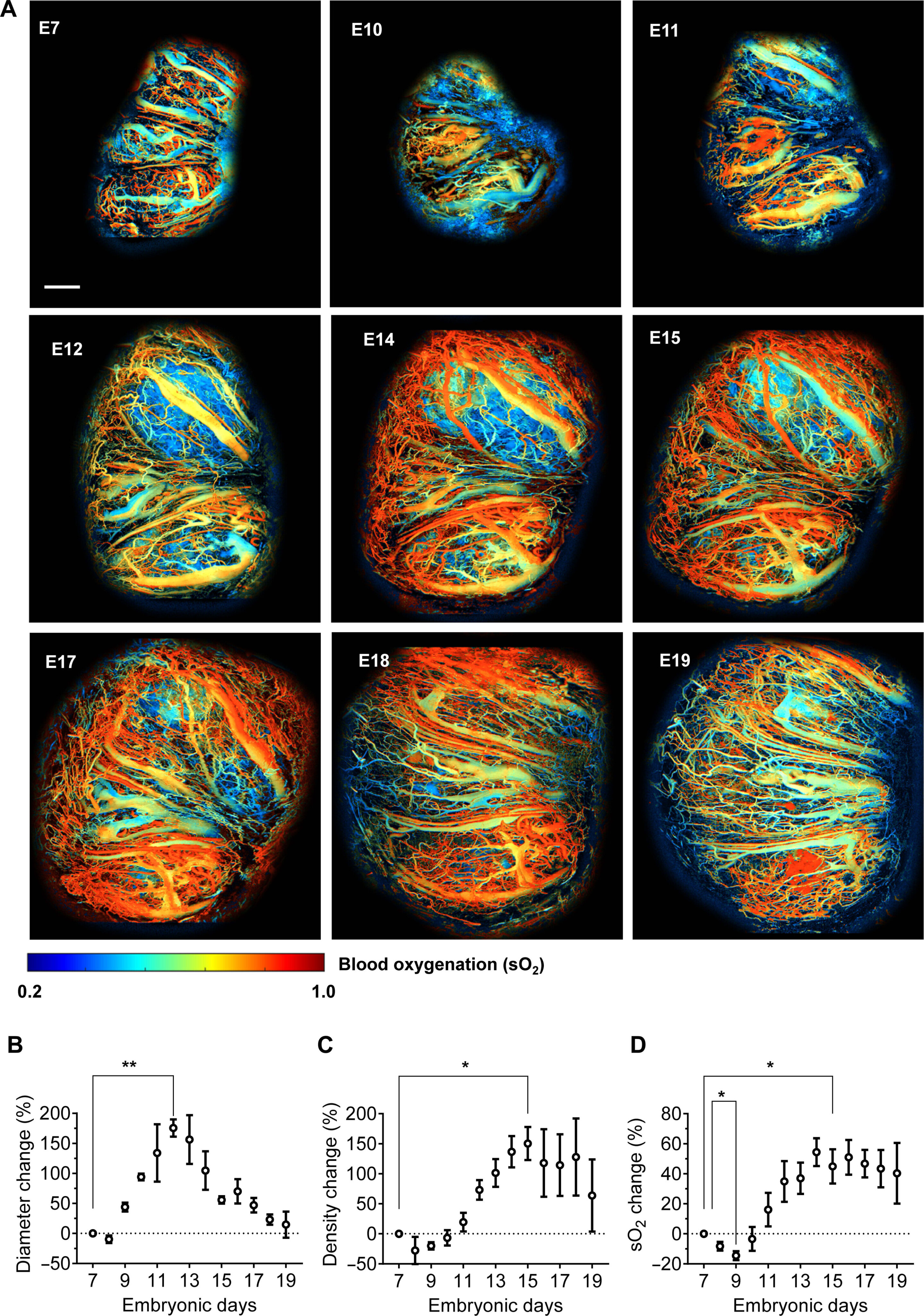Don’t worry if you missed some of our top stories this week, we’ve got you covered. From an underperforming black hole to a new species of fluffy beetle, you can find it all right here.
As a result, the stars it is violently spawning are likely Population III stars, poor in elements heavier than helium, which astronomers believe dominated stellar populations in the early universe. These huge, metal-poor stars eventually forged heavier elements in titanic supernovae, prompting science popularizers and “Babylon 5” characters to give elegiac speeches about how “we are star stuff!”
OK, Neil deGrasse Tyson, I’m made out of space litter, that still doesn’t put food on the table. But as a cradle of Pop III stars, I Zwicky 18 provides a chemical window into the formation of the universe.
An Australian researcher found a weird bug. Must be Saturday. But no, it is actually a really cool, fuzz-covered bug, a new genus of fluffy longhorn beetle. Longhorn beetles are among the most diverse animal families on the planet, with 36,000 documented genera. Excastra albopilosa, whose name literally translates to “a white and hairy bug we found in the camp,” may have evolved its fuzzy coat in order to appear as though it’s infected with an insect-killing fungus as a predator deterrent.
The researchers discovered it near Lamington National Park, which biologists have raked over for the last century, so it’s surprising that it hasn’t been previously documented. The article includes a good photo of Excastra albopilosa, but check out the study in the Australian Journal of Taxonomy for a whole glamor portfolio.
2024-03-24 16:00:04
Original from phys.org
